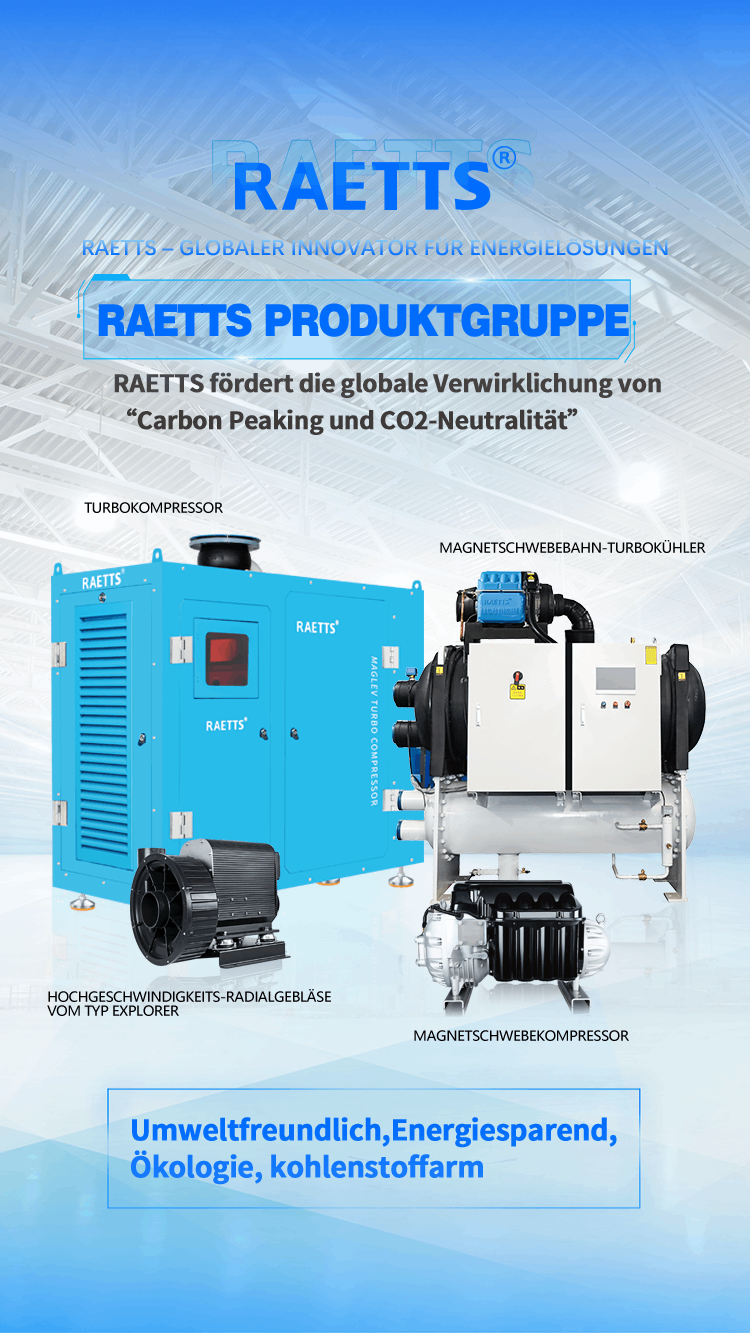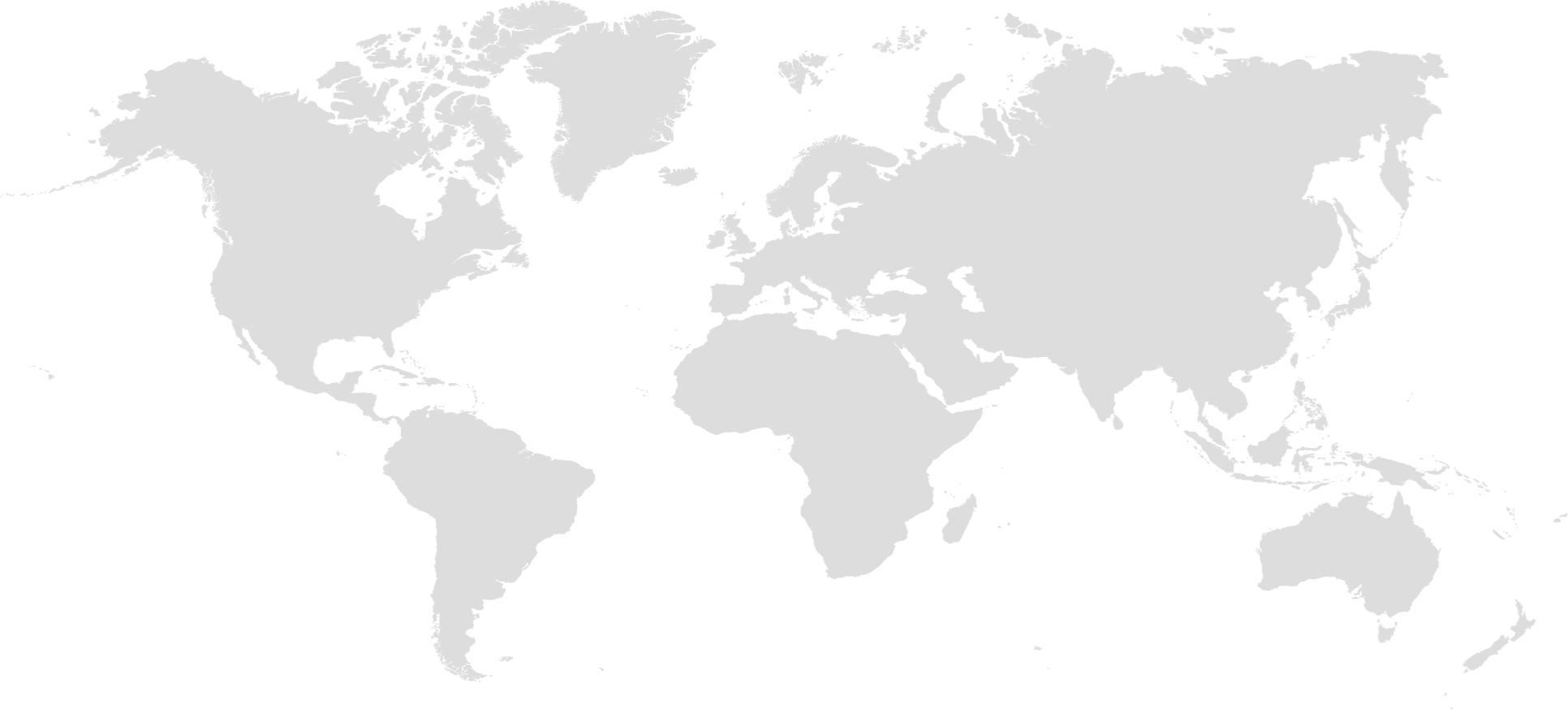Maglev turbo blowers have revolutionized the industrial landscape by offering efficient and reliable solutions for various applications. As a leading manufacturer in this field, RAETTS is committed to providing top-notch products and services. However, the key to maximizing the benefits of your maglev turbo blower system lies in optimization. This article will guide you through the steps necessary to enhance the performance of your system, ensuring longevity, efficiency, and cost-effectiveness.
Understanding Maglev Turbo Blowers
Maglev turbo blowers are advanced machines that utilize magnetic levitation technology to eliminate mechanical contact and friction. This results in higher efficiency, reduced maintenance costs, and longer operational life. RAETTS, a renowned name in the industry, has been at the forefront of developing cutting-edge maglev turbo blowers that cater to a wide range of industrial needs.
Before diving into optimization strategies, it’s crucial to understand the fundamental components and workings of maglev turbo blowers. The main components include the impeller, motor, magnetic bearings, and control system. These parts work in unison to deliver powerful and efficient airflow with minimal energy consumption.

The Importance of Optimization
Optimizing your maglev turbo blower system is essential for several reasons. It not only improves performance but also reduces energy consumption, thereby lowering operational costs. Additionally, a well-optimized system minimizes wear and tear, extending the lifespan of the equipment. This translates to fewer breakdowns and reduced downtime, ensuring continuous and reliable operation.
Steps to Optimize Your Maglev Turbo Blower System
1. Regular Maintenance and Inspection
Regular maintenance is the cornerstone of any optimization strategy. Scheduled inspections allow you to identify potential issues before they escalate into major problems. RAETTS recommends conducting routine checks on the following components:
- Impeller: Inspect for any signs of wear or damage. Ensure it is clean and free from debris.
- Magnetic Bearings: Check for proper alignment and functionality. Ensure there is no excessive vibration.
- Control System: Verify the settings and ensure that all sensors are functioning correctly.
By adhering to a regular maintenance schedule, you can prevent unexpected failures and maintain optimal performance.
2. Optimize Airflow and Pressure Settings
Properly calibrated airflow and pressure settings are crucial for maximizing the efficiency of your maglev turbo blower system. RAETTS provides detailed guidelines for setting the appropriate parameters based on your specific application. Consider the following tips:
- Adjust the flow rate to match the demands of your process. Avoid overloading the system by operating it at unnecessary high speeds.
- Ensure that the pressure settings are within the recommended range. This prevents excessive energy consumption and reduces stress on the system.
Optimizing these settings not only enhances performance but also contributes to energy savings.
3. Monitor and Analyze System Performance
Continuous monitoring of your maglev turbo blower system is vital for optimization. Utilize advanced monitoring tools and software to track performance metrics such as airflow rate, pressure, temperature, and energy consumption. RAETTS offers state-of-the-art monitoring solutions that provide real-time data and analytics.
By analyzing this data, you can identify trends and patterns that indicate potential issues or areas for improvement. This proactive approach allows you to make informed decisions and implement corrective actions promptly.
4. Upgrade to the Latest Technology
Technology is constantly evolving, and upgrading to the latest advancements can significantly enhance the performance of your maglev turbo blower system. RAETTS is committed to innovation and regularly introduces new features and enhancements.
Consider upgrading to the latest models that offer improved efficiency, better control systems, and enhanced monitoring capabilities. These upgrades can lead to substantial energy savings and improved overall performance.
5. Implement Energy-Saving Practices
Energy efficiency is a critical aspect of optimizing your maglev turbo blower system. Implementing energy-saving practices can lead to significant cost reductions and environmental benefits. RAETTS recommends the following strategies:
- Utilize variable frequency drives (VFDs) to adjust the blower speed based on real-time demand.
- Implement a heat recovery system to capture and reuse waste heat generated during operation.
- Conduct regular energy audits to identify areas of energy wastage and implement corrective measures.
By adopting these practices, you can reduce your carbon footprint and contribute to a more sustainable future.
Conclusion
Optimizing your maglev turbo blower system is a multifaceted process that involves regular maintenance, careful calibration, continuous monitoring, and the adoption of energy-saving practices. By following the steps outlined in this article, you can ensure that your system operates at peak performance, delivering maximum efficiency and cost savings.
RAETTS, as a leader in the maglev turbo blower industry, is dedicated to providing high-quality products and support to help you achieve your optimization goals. By leveraging our expertise and innovative solutions, you can unlock the full potential of your maglev turbo blower system and drive your operations towards success.
Remember, optimization is not a one-time task but a continuous journey. Stay proactive, embrace new technologies, and prioritize regular maintenance to keep your system running smoothly and efficiently for years to come.



